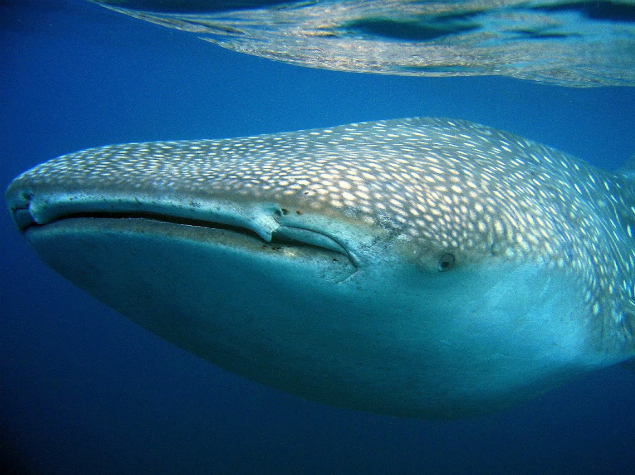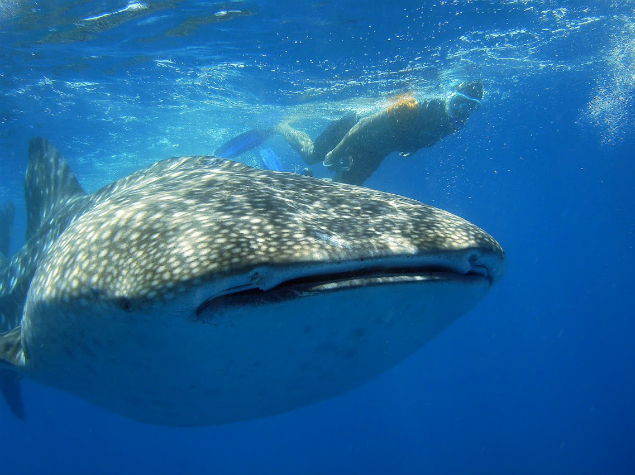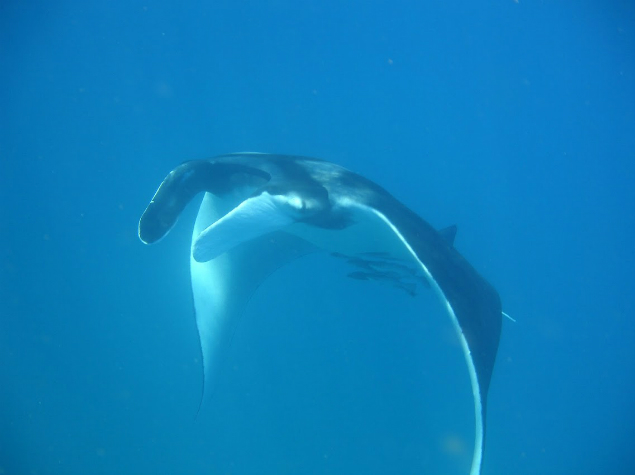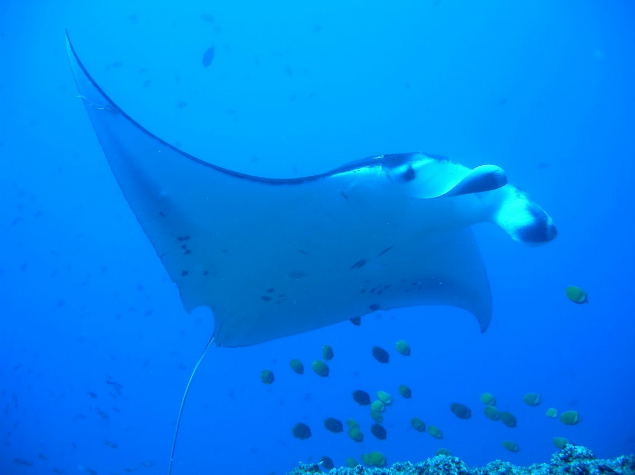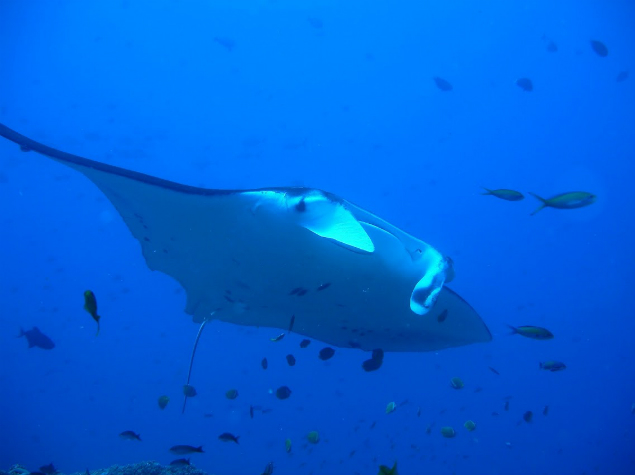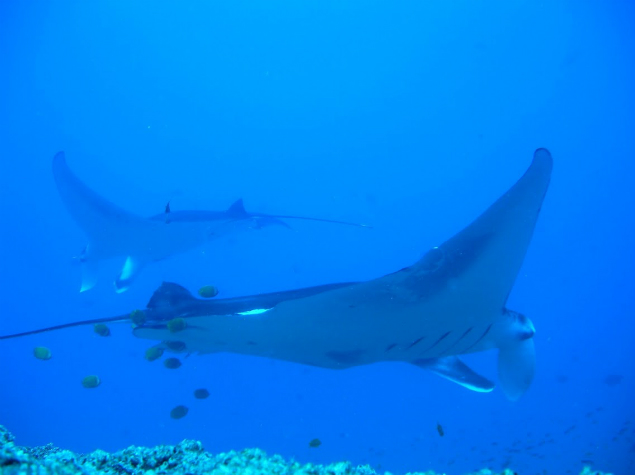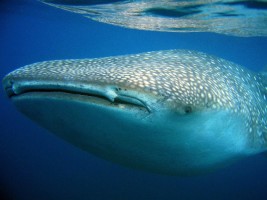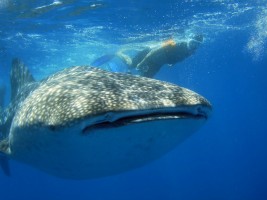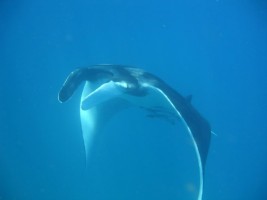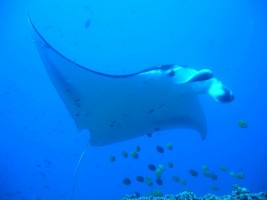Manta rays and whale sharks protection
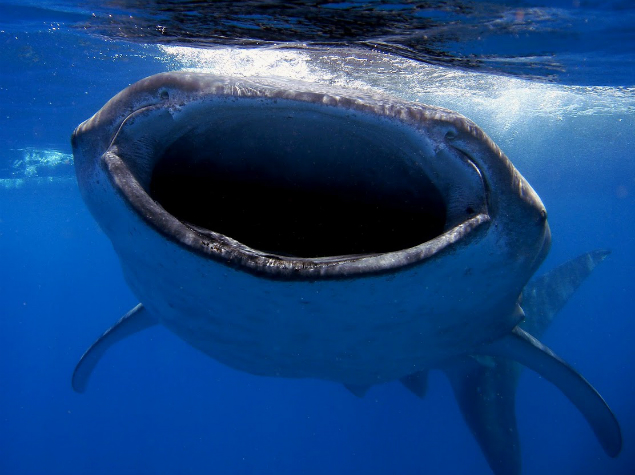
Inhambane, Mozambique has the world’s largest population of resident and transient Mantas and Whale Sharks. In the same ecosystem also coexist five species of turtles, dugongs, shark rays, guitar fish, humpback whales, sharks, and billfish. There are no existing protections for these species or their habitats. All are IUCN Red-listed as Endangered,Threatened, Vulnerable, or Data Deficient.
Main objectives:
- Mobilize necessary scientific rational, local, political and regulatory support for passage of national legal species protection and creation of a Community managed Marine Protected Area
- Educate community stakeholders on conservation and sustainable economic utilization
- Train a broad spectrum of Mozambicans for the exploration, management, and rationalization of coastal marine resources
- Integrate conservation-driven Mozambicans into tourist operations that now utilize marine resources and support the skills and infrastructure necessary to move the local ownership
The project objectives have been achieved. Scientific studies have been carried out to provide justification for a national law to protect whale sharks and manta rays. This law is now being drafted. Progress is also being made towards obtaining protection of these species at the international level.
Community awareness activities have also been conducted: ‘Village Talks’ with 2 500 villagers, two- to four-day workshops for 120 fishers, 78 ‘Tourist Talks’ for tourist lodge clients and owners as well as a festival attended by 1 200 people.
Finally, of the 22 young Mozambicans who received diving instructor training from the Bitonga Divers association, 21 have found employment. The association hopes shortly to take over the management of a dive center. Three students have also obtained degrees in marine biology and coastal management.
Conclusion of the report by Olivier Braunsteffer:
‘A fine project, highly symbolic in terms of both the issues addressed and, in particular, the species concerned; the results obtained to date have been most satisfactory.’

